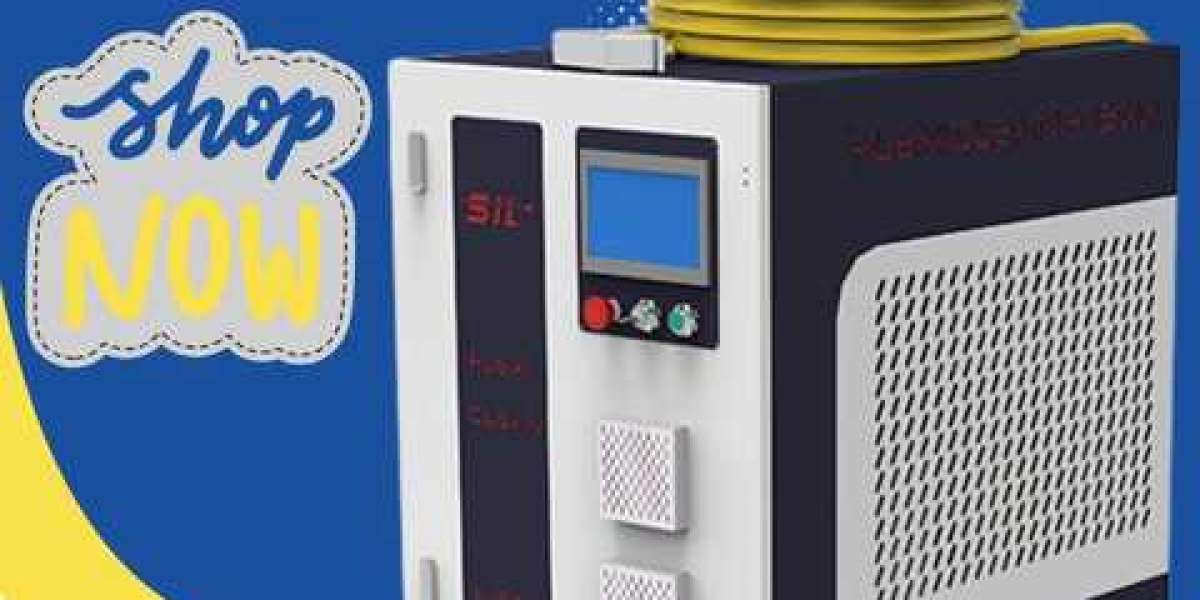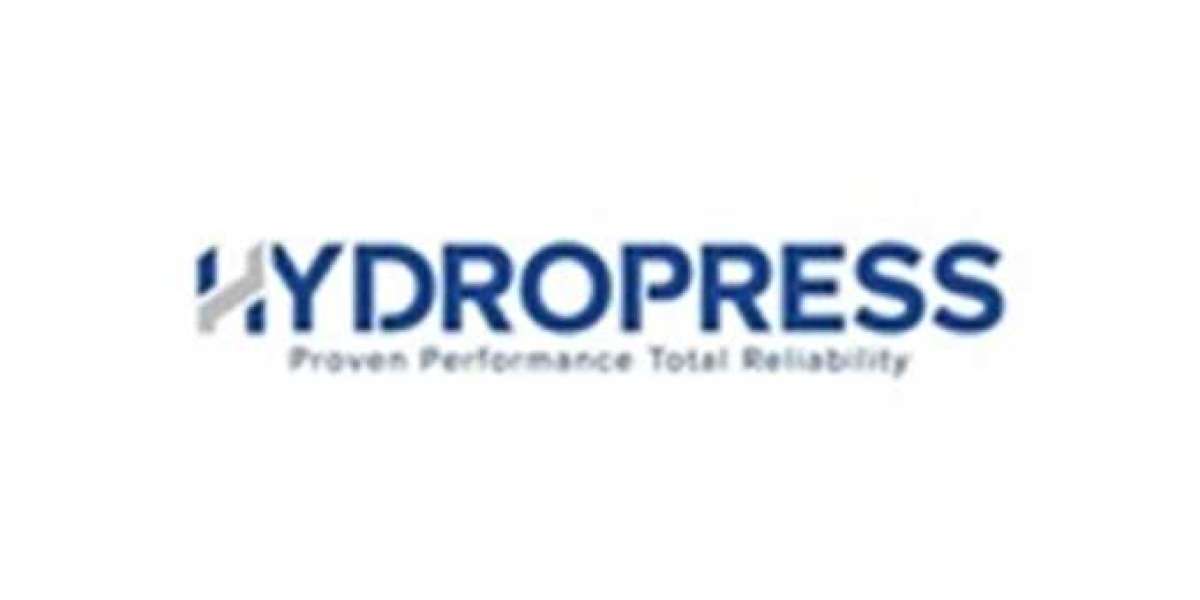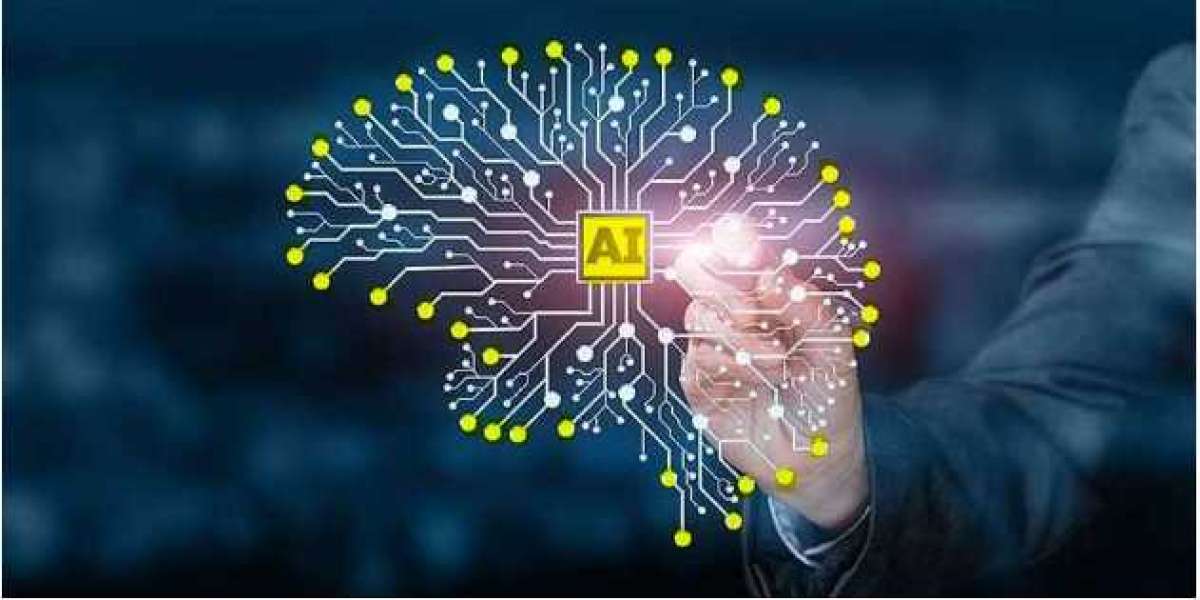In the world of industrial cleaning, rust removal is a critical yet challenging task. Traditional methods like sandblasting or chemical rust removers often come with significant downsides—damage to the underlying material, environmental concerns, and lengthy cleaning times. However, a game-changing solution has emerged: the laser rust removal tool. This technology is transforming the way we approach rust and corrosion, offering a more efficient, precise, and eco-friendly alternative.
What is a Laser Rust Removal Tool?
A laser rust removal tool utilizes high-powered lasers to remove rust and other contaminants from metal surfaces. The laser emits focused light energy that vaporizes the rust without affecting the underlying metal. Unlike traditional methods, laser cleaning is highly precise and selective, making it an ideal choice for applications that require delicate or intricate surface treatment.
The process works by directing a laser beam at the rusted area, causing the rust to absorb the energy and vaporize or exfoliate. The clean surface is left free of debris, oxidation, and contaminants, ready for further processing or coating. The laser system is usually adjustable in power, ensuring that only the rust is targeted without damaging the base material.
Advantages of Using a Laser Rust Removal Tool
Precision Cleaning: The main advantage of using a laser rust removal tool is the precision it offers. The laser can focus on specific rusted areas without affecting the surrounding surface, making it ideal for delicate or complex metal parts. Whether it’s a small rust spot on machinery or a large metal component, lasers can target the corrosion with extreme accuracy.
Environmentally Friendly: Unlike chemical rust removers or abrasive methods, laser cleaning is a more sustainable option. There are no toxic chemicals involved, and the process generates minimal waste. This makes it a cleaner, greener choice for industries seeking to reduce their environmental footprint.
Faster Cleaning Process: Laser rust removal tools are designed for speed. Unlike traditional methods that require time for setup, cleaning, and disposal, lasers work efficiently and quickly, reducing downtime in industrial operations. The process can be completed in a fraction of the time, which is especially beneficial in manufacturing environments where time is crucial.
Reduced Surface Damage: One of the biggest concerns with conventional rust removal methods is the potential for surface damage. Abrasive techniques can scratch, gouge, or wear down the metal, while chemicals can sometimes react with the material. Laser cleaning eliminates this risk, as the process is non-contact, and the laser energy is precisely controlled to only affect the rust.
Cost-Effective in the Long Term: While the initial investment in a laser rust removal tool might be higher than traditional methods, the long-term savings are significant. The durability and longevity of the tool, combined with the reduced need for consumables like abrasive materials or chemicals, make it a cost-effective option over time.
Applications of Laser Rust Removal
Laser rust removal tools are being used across various industries, ranging from automotive to aerospace, energy, and manufacturing. Some common applications include:
Restoration of Historical Metal Artifacts: Laser technology is particularly useful in the restoration of historical items and artworks made of metal. The precise nature of the process ensures that valuable pieces can be cleaned without damaging their integrity or appearance.
Automotive Industry: In automotive manufacturing, the laser rust removal tool can be used for cleaning rust from metal parts like engine components, frames, and body panels before painting or coating.
Construction and Shipbuilding: Large metal structures in construction and shipbuilding can accumulate rust over time. Lasers allow for quick, on-site cleaning without the need for disassembling large parts or transporting them to specialized cleaning stations.
Manufacturing Equipment Maintenance: Industrial machinery is often exposed to moisture and corrosive environments, leading to rust buildup. Laser rust removal tools help keep these machines in optimal working condition by removing rust from critical parts without causing further wear and tear.
How to Choose the Right Laser Rust Removal Tool
When selecting a laser rust removal tool, there are several factors to consider:
Laser Power: Depending on the type of rust and the material you're working with, you'll need a laser with appropriate power. Higher power lasers are needed for tougher, more heavily corroded surfaces.
Portability: If you're working in a field environment or need flexibility in cleaning different parts, a portable laser rust removal tool is ideal. Look for tools that are lightweight and easy to transport.
Safety Features: As with any high-powered tool, safety is a top priority. Make sure the laser rust removal tool comes with built-in safety features such as protective eyewear and automatic shut-off mechanisms.
Maintenance Requirements: Opt for a laser rust removal tool that is easy to maintain and repair. Regular maintenance ensures the longevity of the tool and the efficiency of the cleaning process.
Conclusion
The laser rust removal tool is a revolutionary advancement in the field of metal cleaning. Its precision, efficiency, and eco-friendly nature make it an attractive option for a variety of industries. By choosing this cutting-edge technology, businesses can enhance their cleaning processes, reduce environmental impact, and improve overall operational efficiency. As laser technology continues to evolve, we can expect even more innovations that will make rust removal faster, safer, and more effective than ever before.











